Our last day on Cyprus arrived once more with clear skies and warm temperatures, and saying goodbye to the hotel we travelled north to the impressive Troodos Mountain range, taking the time to explore the Diarhizos valley as we drove. Just over an hours drive from Paphos and situated right in the centre of the Greek half of Cyprus, the Troodos Mountains are home to a number of interesting Cypriot subspecies, that one day like the Cyprus Scops Owl, could be split.
Driving up the Diarhizos valley the scenic landscapes showed off the very best of the picturesque Cyprus countryside, with rolling green hillsides and whole fields bedecked with the colourful blooms of a carpet of wildflowers.
 |
| Roller - our first of the trip |
A Roller perched on one of the telephone wires by the side of the road added a splash of colour, being our first and only record of the trip, while scores of Steppe Buzzards soared overhead in the thermals (sadly no Long-legged amongst them – a species that had unfortunately evaded us during the trip despite us scouring the skies in numerous locations they were well-represented in on e-bird). Hooded Crows fed in the fields in abundance as we drove through the valley, while a brief stop in the mountains to check out a bunting perched on a roadside wire resulted in great views of a showy male Cretzchmar’s Bunting.
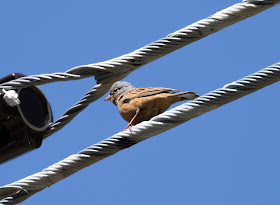 |
| Cretzchmar’s Bunting |
The views as we rose in elevation were stunning, and we couldn’t resist several stops in the laybys to drink in the mountain scenery, the high pitched trilling of a nearby Serin and the spring calls of a Cuckoo both unfortunately remaining undetected in the thicket of trees.
 |
| Starred Agama |
Arriving in the cool freshness of the small mountain village of Troodos, we parked up near the post office car park, donning thick jumpers to combat what was a huge contrast in temperature to the sun kissed lowlands of Paphos.
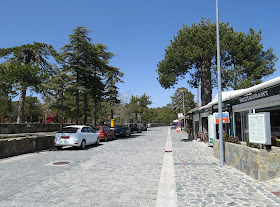 |
| The cobbled streets of Troodos |
Almost immediately having gone a few feet in to the pines we had notched up our first target, the unusual calls alerting us to a Dorothy’s Treecreeper scrambling slowly up the bark of a nearby pine.
 |
| Dorothy's Treecreeper - a possible split for the future |
Much paler than Short-toed Treecreeper and with a distinctive call, Dorothy’s Treecreeper probably has the most chance of getting split out of all the Cyprus subspecies, and we watched on as it clambered up the trunks in front of us, flitting from tree to tree.
Harsh calls further down the pines alerted us to our second subspecies, this time in the form of the glazneri Jay. Mostly confined to the foothills of the Troodos range and differing from European Jays by their darker heads and lack of white on the throat and crown, we quickly tracked down two individuals perched on the thick pine branches, securing good views as they foraged amongst the pine needles.
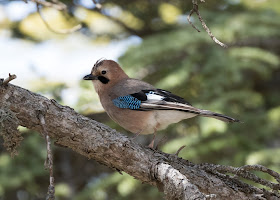 |
| The Cyprus subspecies of Jay - glazneri |
With 2 out of our 4 subspecies already in the bag we crossed back over to the main square of Troodos and headed towards a patch of pines lining the cobbled street.
Almost immediately we heard the distinctive calls of the Cypriot race of Coal Tit and before long a pair of birds hopped down in front of us, calling vociferously as they bumbled through the pine needles. Differing from the nominate race of Coal Tit usually found in Europe, the Cyprus birds (cypriotes) are much darker overall with a much more extensive black bib and colouration on the head, coming right down on to the chest. We spent a good 20 minutes trying to get a discernible record shot due to their inability to stay in one place for more than a nanosecond, but eventually we managed good views as they worked their way through the pines.
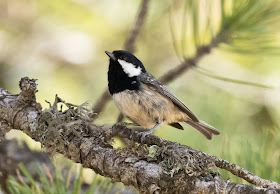 |
| The Cypriotes race of Coal Tit |
Unfortunately however, our luck ran out with regards to the Crossbills, and despite searching the dripping tap area of the pines and the tracks surrounding the toilet block we failed to track any down, a calling Cyprus Scops remaining ‘heard only’ on the slopes.
A chocolate ice cream and a stroll through the town later and with a flight to catch that evening, we headed back down the mountains, stopping en-route to stake out some suitable looking roadside scrub for any sign of migrants. This proved to be a great call, as no sooner had we stepped out of the car than Alex exclaimed he’d found a singing Eastern Olivaceous Warbler, the first bird of the trip and a lifer for me to boot!
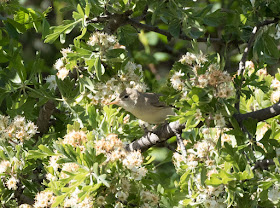 |
| Eastern Olivaceous Warbler |
Getting some record shots as the bird moved from perch to perch, eventually we had up to 3 singing males in just a tiny patch of scrub (as well as another Masked Shrike) proving that roadside stop offs are always worthwhile.
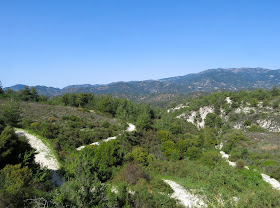 |
| The scrub the Eastern Olivaceous Warblers were favouring |
Despite seeing no direct evidence of limestick trapping during our trip, our drive down the Diarhizos valley made it apparent that hunting is very much an issue in Cyprus, as nearly all of the places we stopped off at were littered with spent shotgun cartridges, illustrating first hand Cyprus’s chequered history with regards to illegal bird hunting.
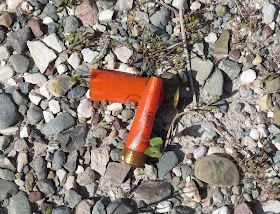 |
| Evidence of the hunting still taking place in Cyprus |
With nearly 2 million birds killed annually on Cyprus, hopefully the good work from the people at Birdlife Cyprus can continue in earnest and put an end to these barbaric practices. It was a huge contrast to see protected bird reserves in one part of the valley when just several metres up the road cartridges littered the floor as evidence of the illegal bloodsport.
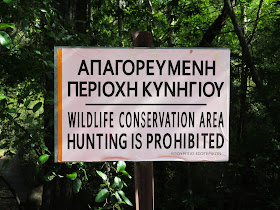 |
| Wildlife Conservation Area - a direct contrast to the shotgun cartridges found just up the road |
With both a Baillon’s and Little Crake showing well for most of the week at Agia Varvara we called in on our way back to Paphos (the directions in Gosney to take the third turn rendered relatively useless by the fact we were met with a 7 road junction!) and soon joined the small handful of cars already parked up on site. Unfortunately after a quick search of the reedy pools we couldn’t locate any of the crakes, and with time swiftly running out and a plane to catch, we were forced to leave the pools (and the crakes) behind.
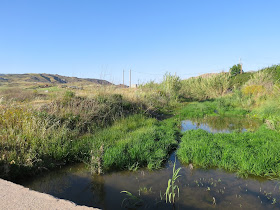 |
| Agia Varvara |
Enjoying one last pizza on our way to the airport we had time to reflect on what had been quite a mixed bag in terms of successes – we’d secured superb views of the target endemics and notable species but failed somewhat spectacularly on locating any migrants in worthwhile numbers. Rather somewhat frustratingly a number of rarities for Cyprus were also discovered either during our stay or directly before, but our position on the island and timing meant it was always unfeasible to connect.
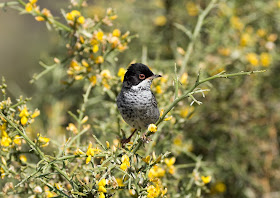 |
| Cyprus Warbler |
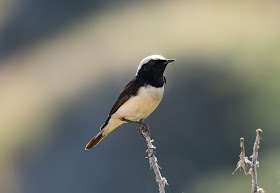 |
| Cyprus Pied Wheatear |
 |
| Spur-winged Plover |
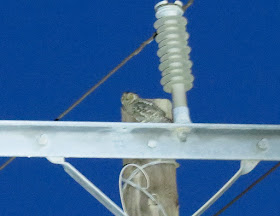 |
| Cyprus Scops Owl |
Never the less we enjoyed a great few days on this sun kissed Mediterranean island, soaking up the sunshine and historical culture while enjoying a taster of the rich bird life that Cyprus can offer and admiring the stunning landscapes and scenery. Given better weather conditions and probably a bit more time on the island, I have no doubt we would have improved our totals tremendously, but as it was we still came away satisfied that a number of our key targets were seen well, and for those that weren’t it simply means a few more trips to alternative locations are required in the future.

















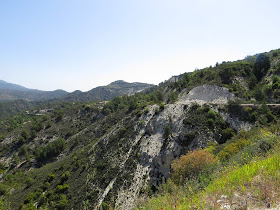
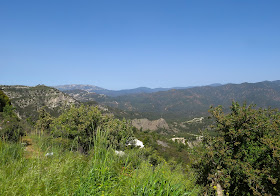
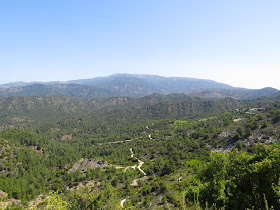


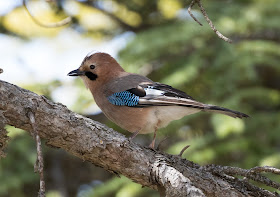
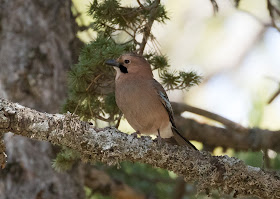


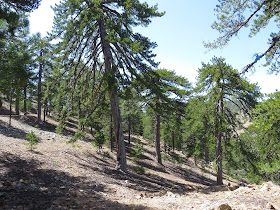

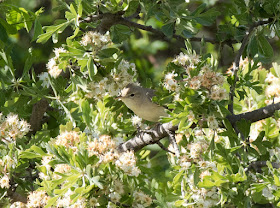
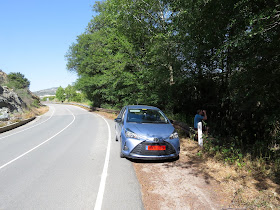
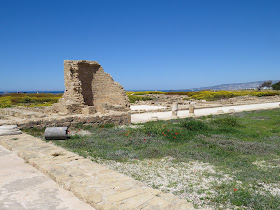
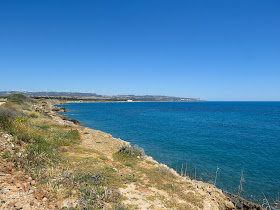

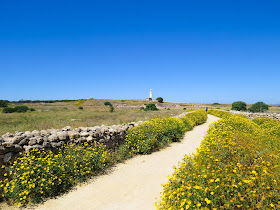
No comments:
Post a Comment